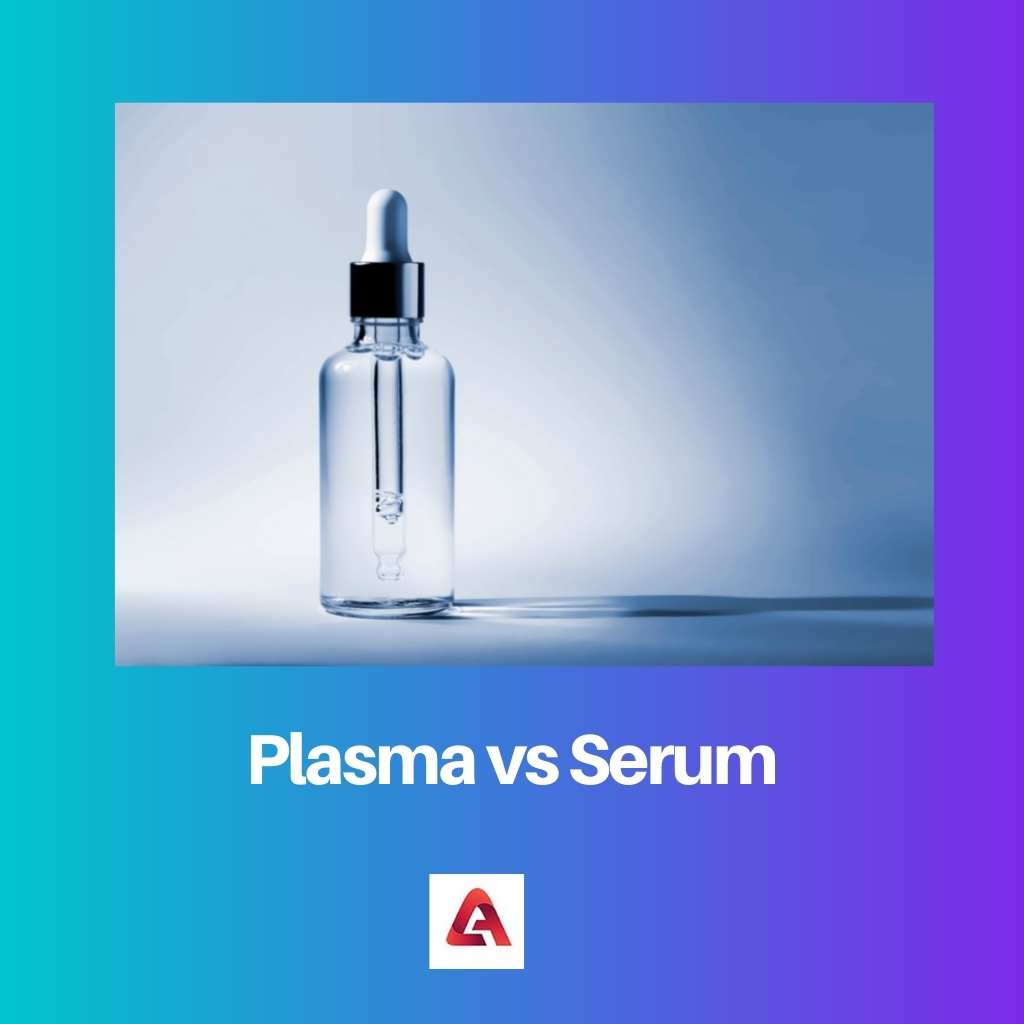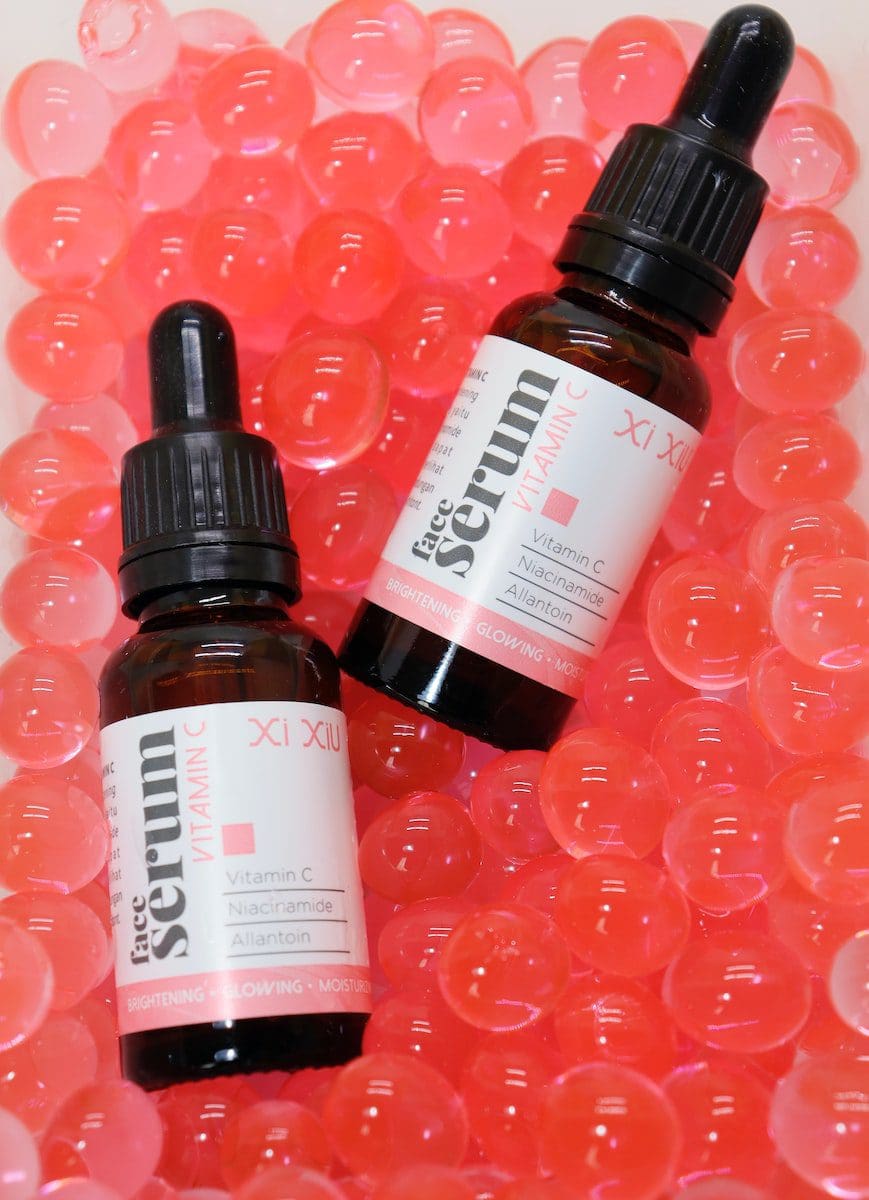Our blood contains various types of elements that have an essential role to play. It is important for these elements to work in sync in order to achieve and meet important functions of the body.
Plasma and serum are elements found in the blood which are essential for the body.
Key Takeaways
- Plasma is the liquid component of blood that carries blood cells, nutrients, hormones, and other substances throughout the body. At the same time, a serum is the fluid portion of blood that remains after clotting has occurred and the blood cells and clotting factors have been removed.
- Both plasma and serum are primarily composed of water but contain various dissolved substances, such as proteins, electrolytes, and nutrients, with plasma also containing clotting factors that play a crucial role in blood coagulation.
- Plasma and serum are used for different purposes in medical and scientific contexts, with plasma being vital for transfusions and treating certain medical conditions. Serum is a key diagnostic tool for analyzing blood chemistry and detecting the presence of antibodies or antigens.
Plasma vs Serum
A liquid element which holds the blood cells is called plasma. Anticoagulants are required to separate blood from plasma. A serum contains protein. There are no blood cells in the serum. There is no contribution of serum in the clotting process. Anticoagulants are not required to separate blood from serum. The separation process takes a lot of time.

The majority part of the blood constitutes Plasma. It is a liquid element that is present in the blood and holds the blood cells in a suspension of blood. It has clotting factors that make it very essential. The density of plasma is 1.025 g/ml.
The serum has nothing to do with clotting, making its contribution zero in the clotting process. It is rich in protein and sometimes regarded as a plasma without clotting properties.
When the blood coagulates, the serum separates itself from the blood. The density of serum is 1.024 g/ml.
Comparison Table
| Parameters of Comparison | Plasma | Serum |
|---|---|---|
| Components | It consists of clotting factors as well as serum. | It consists of protein but does not have blood cells. |
| Acquired from | The spinning prior to clotting gives plasma. | The spinning after clotting gives Serum. |
| Anticoagulants | Its separation from the blood requires anticoagulants. | Its separation from blood does not require anticoagulants. |
| Separation | The process of separation takes less time and is easy. | The process of separation takes more time and is difficult. |
| Clotting factors | Clotting factors are present in the plasma. | Clotting factors are not present in the serum. |
What is Plasma?
Plasma can be regarded as the liquid part of the blood. It is what gives blood the liquid property and keeps it in that state. From the total volume of blood, plasma acquires about 55%, making it the major part of the blood.
Since it is a liquid, there has to be a good amount of water content. It is scientifically tested and proven that plasma is about 92% water. It can also be regarded as extracellular fluid. The color of plasma is very similar to that of straw and is also known as a solution of protein and salt.
Plasma contains a large number of different proteins. All these proteins are present in the plasma in dissolved form. Some of these proteins are fibrinogen, albumin, and globulin.
Besides proteins, plasma has a good constituency of hormones, glucose, electrolytes, clotting factors, oxygen, and carbon dioxide. Plasma is important for various factors.
It helps in balancing the pH of the body, maintaining blood pressure, and in exchange for minerals (potassium, sodium, etc.), it acts as a medium. Centrifugation is the process involved in separating plasma from the blood.
This separation process is very easy and does not take much time. Transfusion of plasma is needed for liver patients, trauma patients, etc.

What is Serum?
The serum has a very unique color that even supports the color of blood a little. It resembles the color of amber. It is completely the opposite of plasma in the case of clotting.
This indicates that serum does not have any clotting factors or properties. This lack of clotting properties in serum also gave it recognition as the plasma without clotting factors.
The serum consists of all the proteins, excluding the ones that are required for clotting. Apart from the proteins, the serum also consists of antigens, electrolytes, exogenous components, antibodies, and hormones.
The serum is regarded as a splendid source of electrolytes too. It can be conveniently stored at a temperature of 2 to 6 degrees Celsius for a number of days.
The study of serum is known as Serology. The study of serum can be useful in testing the serum for a number of diseases and health conditions. These diagnostic tests are for enzymes and hormones.
One more important use of serum can be the detection of blood groups. For the separation of serum from the blood too, a centrifugal process is brought into use. This separation process is harder and takes a lot more time in comparison to the case of plasma.

Main Differences Between Plasma and Serum
- The blood volume taken up by plasma is about 55%, whereas it is very low in the case of serum.
- There are essential clotting factors present in Plasma. On the other hand, Serum does not possess clotting factors.
- There is a special need for anticoagulants for the separation of plasma from blood, whereas it is not required in the case of Serum.
- The process of separation of plasma from the blood is very easy and does not take much time, whereas the same process takes more time and is harder in the case of Serum.
- The spinning action before clotting results in acquiring plasma, whereas the spinning after clotting gives serum.

- https://journals.plos.org/plosone/article?id=10.1371/journal.pone.0021230
- https://europepmc.org/article/med/12017326
